GUEST BLOGGER DONNA McKINNEY
In Tiny Tern Takes Flight, readers meet one small tern who makes an extraordinary migration journey. It gives readers a bird’s-eye view of the trip, including treacherous storms and dangerous predators. The book celebrates the tern’s bravery and perseverance in traveling the long journey.
A long journey
Before reading Tiny Tern Takes Flight, introduce (or review) the term “migration.” Discuss its meaning and why animal migrate.
Read Tiny Tern Takes Flight individually, in pairs, or aloud to the group, as needed.
Explain that scientists tell us that the Arctic tern makes one of the longest animal migrations on Earth. Every year, they fly from North Pole (Arctic region) to the South Pole (Antarctic region) and back again. This is more than 55,000 miles (88,513 km) round trip.
Explain that there is not one set route for the migration. Some terns leave the Arctic and travel south along the coast of North and South America. Some fly along the western coast of Africa.
The backmatter in Tiny Tern Takes Flight has a simple map showing the migration routes. Call attention to the map in the back matter.
Also this Audubon Society map also shows the Arctic terns’ wide-ranging migration routes, as the birds travel over the course of a year. If you have classroom access to computers and the internet, show this map to students:
Classroom activities
Trace the trip
Read aloud Tiny Tern Takes Flight with the class. Then get a globe or large map of the world. Guide students in tracing some of the routes the Arctic tern flies from north to south – (1) along the western coast of North and South America, (2) along the eastern coast of North and South America, (3) along the western coast of Africa. Invite the students to point out and name some of the countries the Arctic tern flies over on this long journey. Invite the students to name some of the challenges such a small bird might encounter over such a long journey (for example: storms, predators, cold temperatures, hot temperatures, fatigue, etc.)
Arctic tern fun facts
Guide the students to search the Tiny Tern Takes Flight back matter and find answers to these questions:
- How big is the Arctic tern?
- How fast can Arctic terns fly?
- Where do Arctic terns build their nests?
- What do Arctic terns eat?
- What are the Arctic terns’ predators?
- Why do Arctic terns migrate?
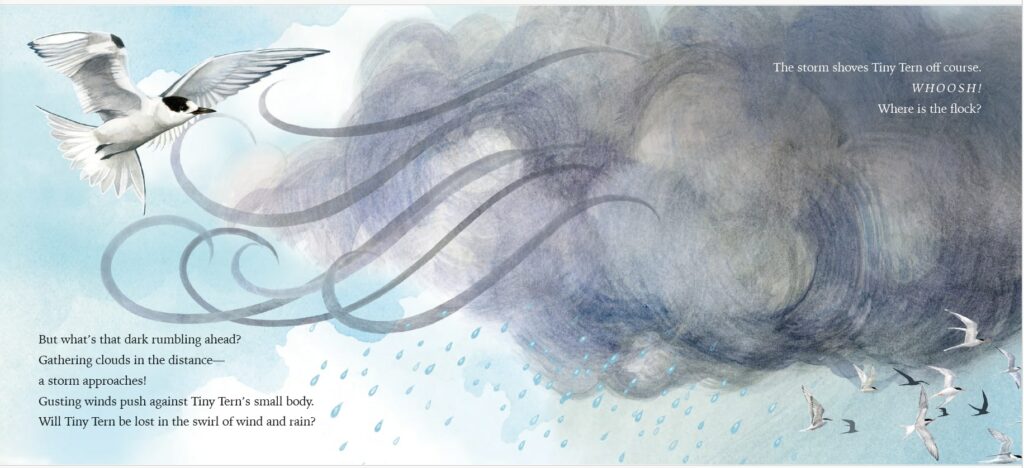
“Visit” a country
Call attention to the Arctic terns’ migration routes, using the maps named above. Point out some of the countries where the Arctic tern flies during its migration. Instruct students to choose one of these countries/regions to “visit”: Greenland, Newfoundland (an island that is part of Canada), Senegal, Angola, Namibia, South Africa, Brazil, Uruguay, Argentina, Ecuador, Peru, Antarctica.
Instruct students to:
- Find their chosen country on a map
- Research the country – collect some facts about weather, geography, people, etc.
- Write a paragraph describing the country
- Share their paragraph with classmates to learn more about the many places the Arctic terns see as they make their long migration journey.
Featured image credit: “Arctic Tern on Farne” by LindsayRs is licensed under CC BY-SA 2.0.
Donna McKinney is the author of two picture books and 35 nonfiction titles for the educational market. She writes about topics for kids ranging from sports to nature to the military. She’s even written a book about how toilets flush! She has four delightful grandchildren and two mischievous dogs. She enjoys playing pickleball and hiking. Visit her website or follow her on Instagram @donnabmckinney.


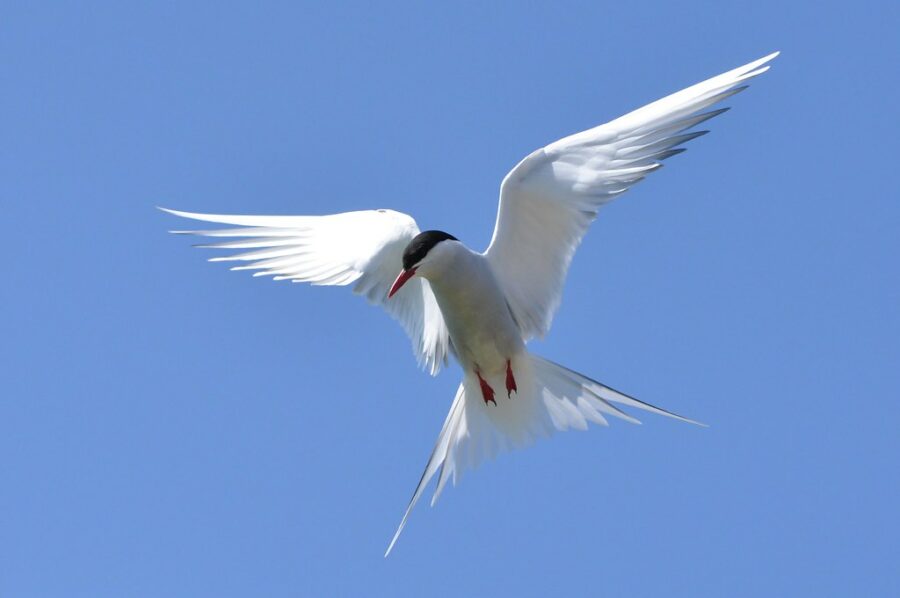

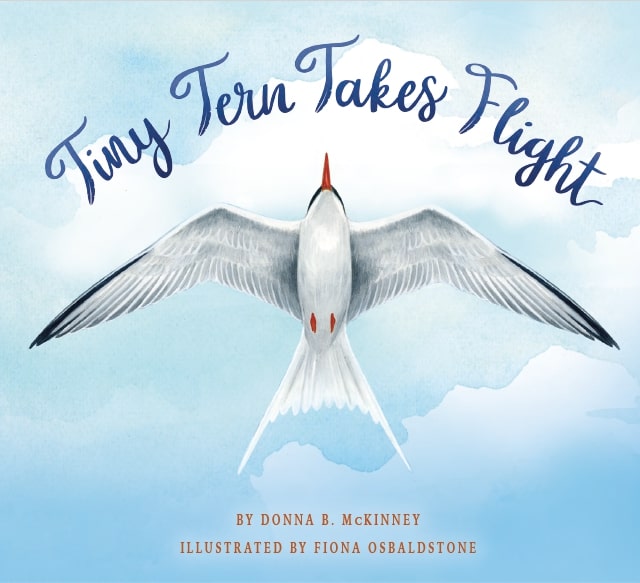

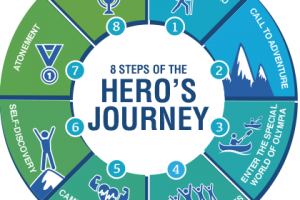
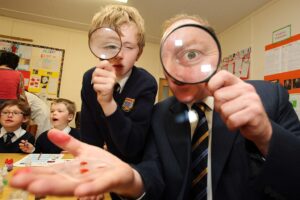
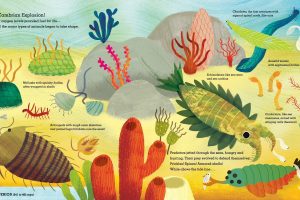

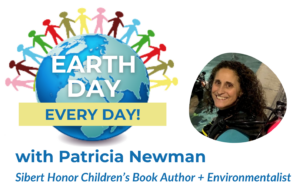
Leave a Reply
Your email is safe with me.